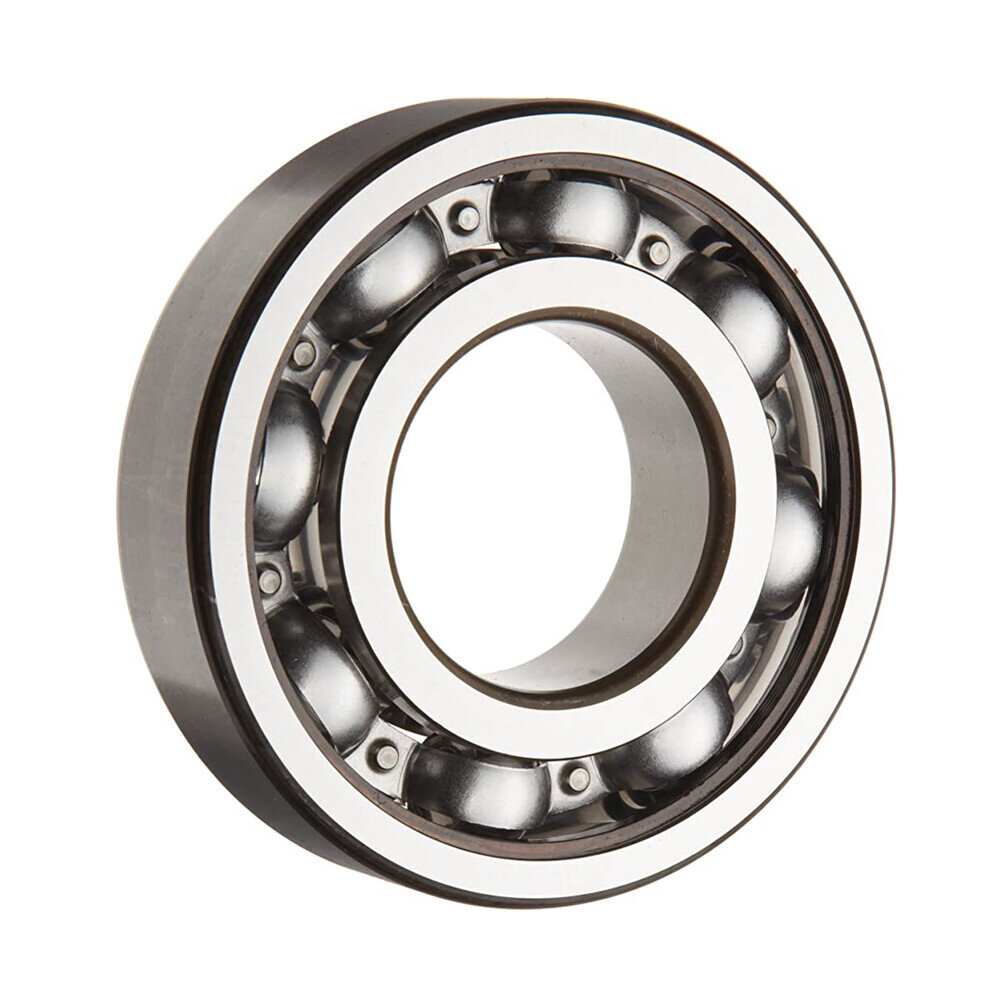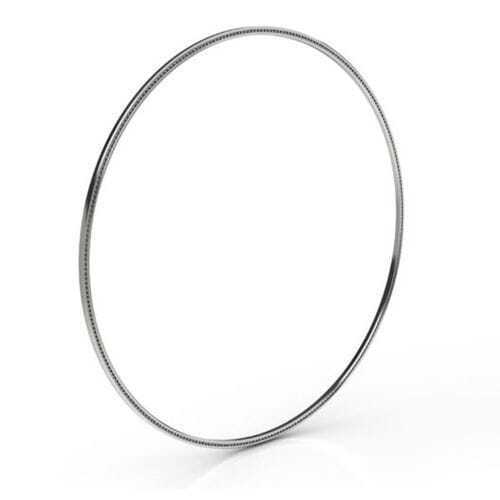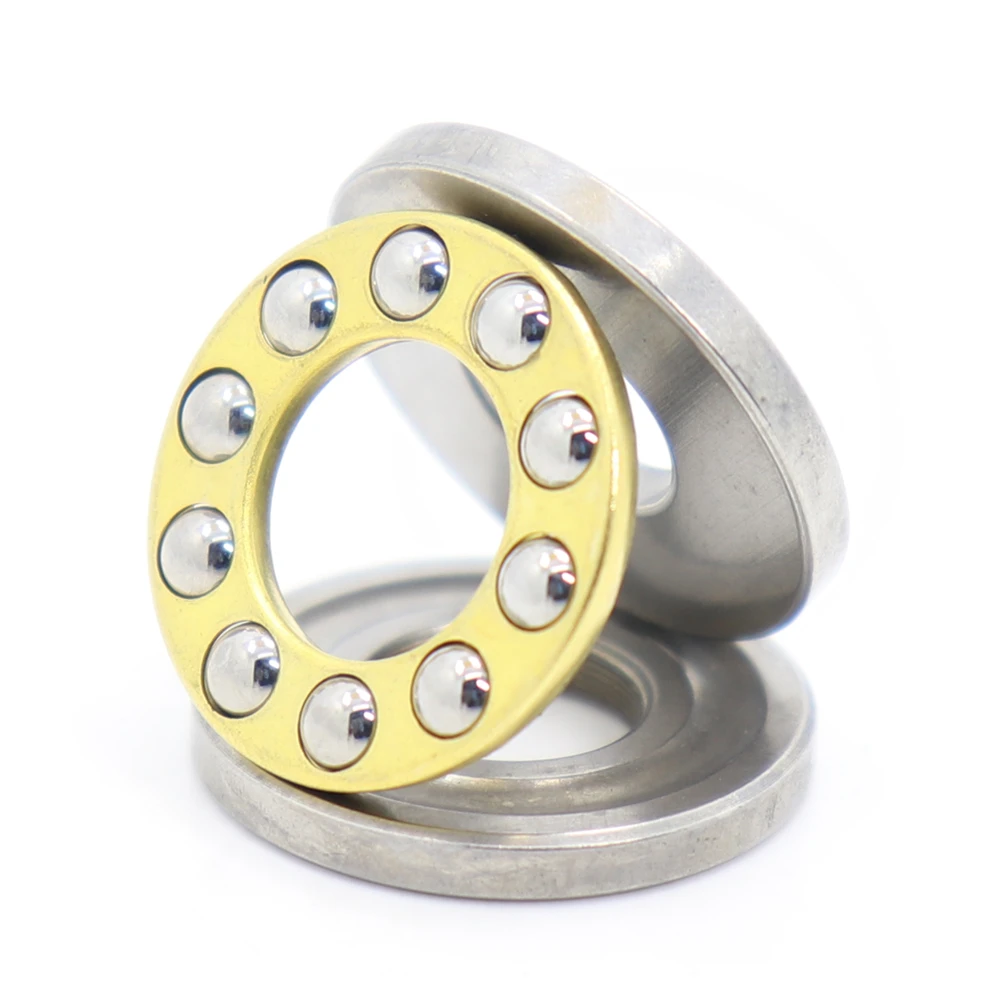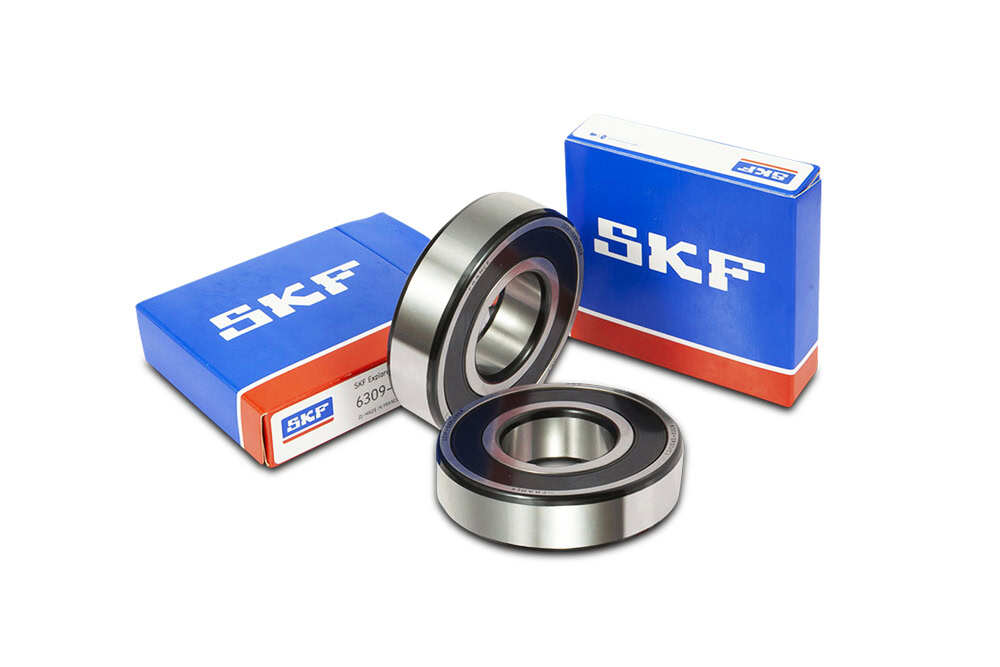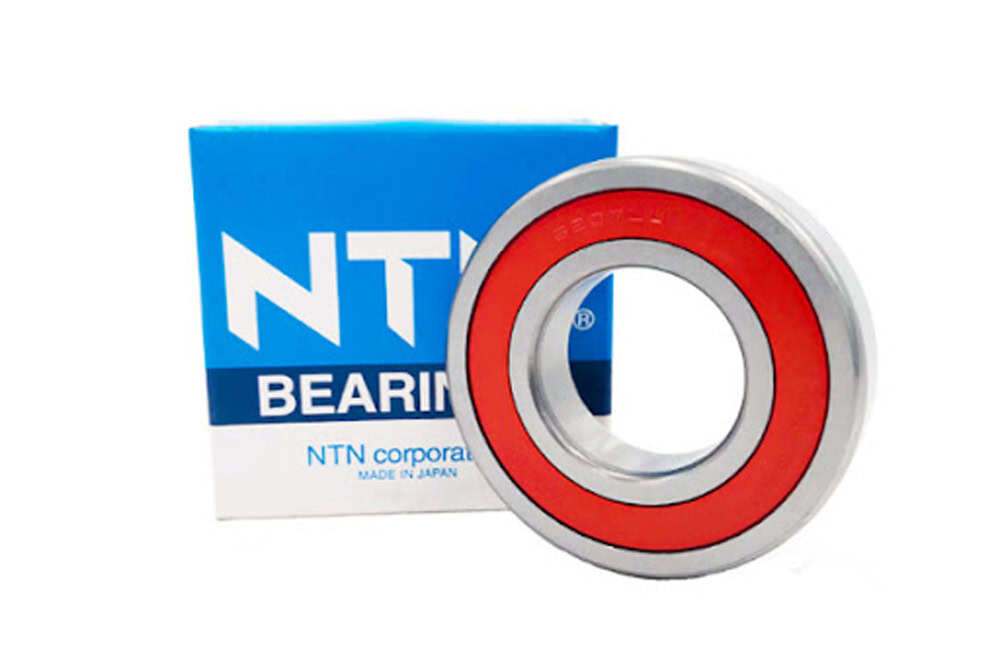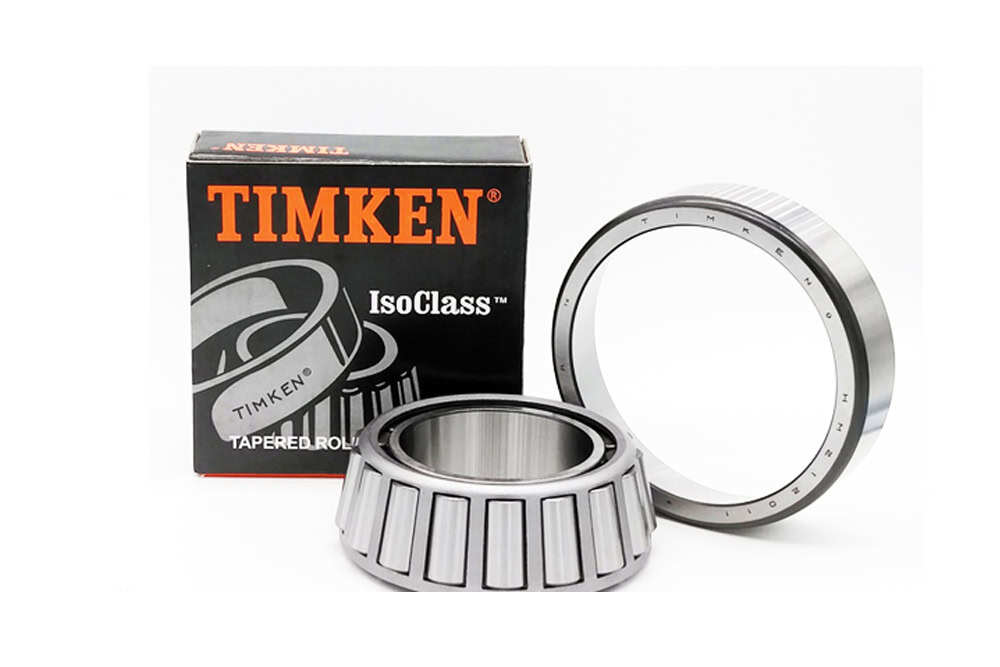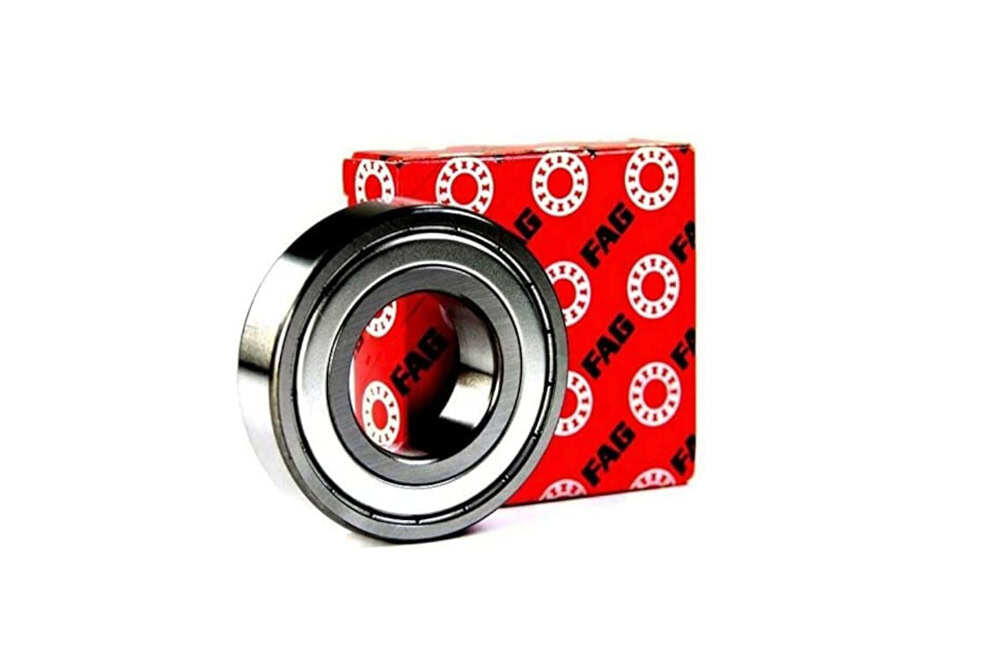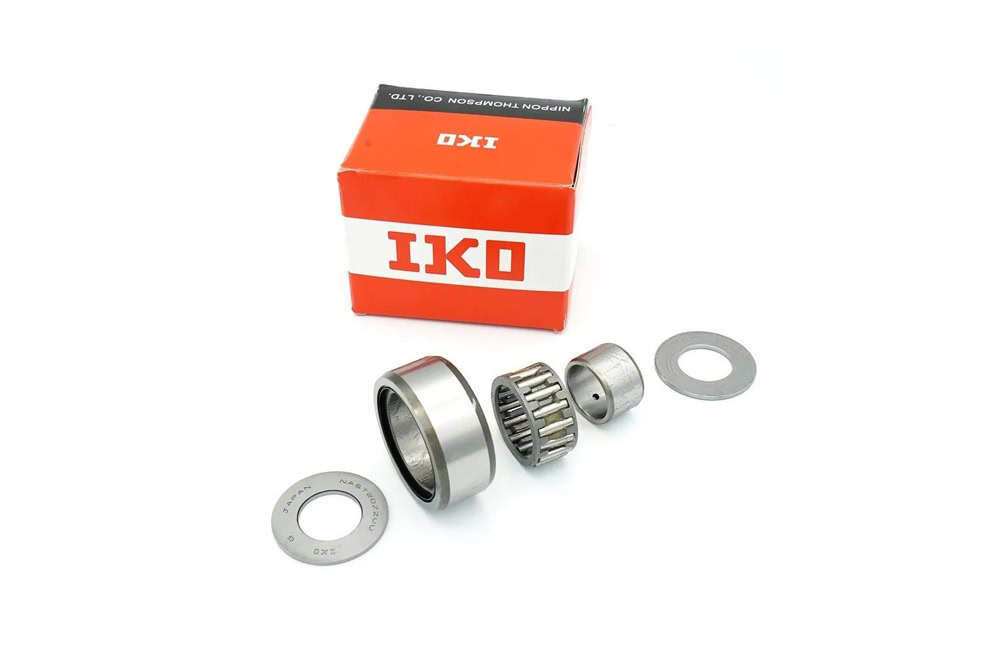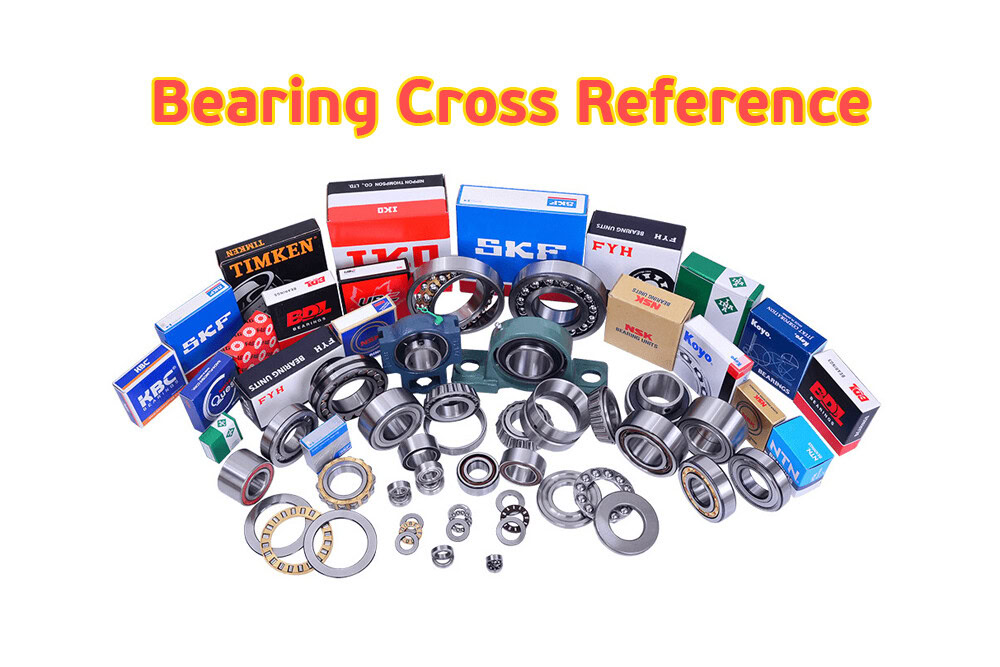
Bearing Manufacturer & Supplier
Specialize in ball bearings, roller bearings, thrust bearings, thin section bearings etc.
The Ultimate Guide to Bearing Cross Reference Interchange
Bearings are one of the most important components in mechanical equipment. Their main function is to support loads and rotations, and reduce friction and wear. Choosing the right bearing is essential to ensure the normal operation and long service life of mechanical equipment. However, due to the wide variety of bearings, internationally renowned bearing manufacturers have different models, specifications and performance. However, users may encounter difficulties in making choices. At this time, the Bearing Cross Reference Chart is particularly important. The Bearing Cross Reference Chart is a tool that helps mechanics compare and interchange between bearings of different brands and models. It provides equivalent bearing models produced by different manufacturers, allowing you to find suitable replacements when you need to replace bearings, saving time and cost. This article will introduce the concept, function, use, and common types and brands of bearing cross reference charts in detail.
Table of Contents
ToggleCross-Interchange-Bearing Categories
Cross-Interchange-Bearing Brands
Notes on bearing cross-reference
Before using the cross-reference chart, you first need to determine the detailed information of the bearing currently in use, including its brand, model and key specifications. This information can usually be found on the outer packaging, nameplate or equipment manual of the bearing. But before actual operation, there are still some things to pay attention to.
Bearing size and specification
The first principle of bearing interchangeability is that the bearing type and specification must be consistent. Although the bearing cross-reference diagram can provide equivalent models, bearings of different brands may have differences in manufacturing tolerances and dimensional accuracy. Only when the model, size, accuracy, etc. of the two bearings are consistent can they be interchanged. Otherwise, the use effect of the bearing after the interchange will be affected, and even the equipment may be damaged.
Interchangeable bearing internal structure
Even if the bearing model and specifications are the same, the difference in the internal structure of the bearing may cause the interchange to fail. Therefore, before exchanging bearings, it is necessary to pay attention to whether the internal structure of the bearing is consistent, especially whether the shape, number and distribution of the rolling elements are the same.
Differences in bearing materials
Bearing material is also an important factor affecting the interchangeability of bearings. The same type of bearings may have differences in load capacity, life, etc. due to different materials. Therefore, when exchanging bearings, it is necessary to pay attention to the differences in bearing materials and try to choose the same materials for interchange.
Working environment
The working environment of the bearing is also a relatively important factor. Under different working environments, bearings may be affected by different loads, temperatures, humidity, pollution, corrosion, etc., resulting in changes in the service life of the bearing. Therefore, before exchanging bearings, it is necessary to consider the use environment of the bearing to avoid failure of bearing interchange.
Load capacity and speed
Bearings of different brands may differ in materials, heat treatment and manufacturing processes, which may affect their load capacity and maximum speed. When using the cross-reference diagram, it is necessary to verify whether the load capacity and speed of the replacement bearing match the original bearing.
Lubrication requirements
Bearings of different brands may have different requirements for lubricants. When replacing bearings, ensure that the type and amount of lubricant meet the requirements of the replacement bearing.
Conclusion
The bearing cross reference chart is an important tool that helps users compare and replace bearings of different brands and models, thereby saving time and cost and improving work efficiency. When using the bearing cross reference chart, pay attention to the size, tolerance, load capacity, speed, operating environment and lubrication requirements of the bearing to ensure that the selected replacement bearing can meet the requirements of the equipment. Through the introduction of this article, I hope you can better understand the role and use of the bearing cross reference chart, and be able to use it flexibly in practical applications to ensure the normal operation and long life of the equipment. If you have any questions or need further help, please feel free to contact a professional bearing supplier, AUBEARING will provide you with detailed technical support and suggestions.


